CFTRinh-172
Synonym(s):;5-[(4-Carboxyphenyl)methylene]-2-thioxo-3-[(3-trifluoromethyl)phenyl-4-thiazolidinone;InSolution
- CAS NO.:307510-92-5
- Empirical Formula: C18H10F3NO3S2
- Molecular Weight: 409.4
- MDL number: MFCD06411408
- SAFETY DATA SHEET (SDS)
- Update Date: 2024-11-19 23:02:33
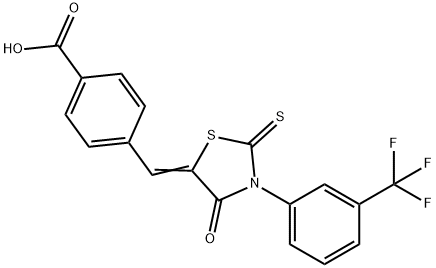
What is CFTRinh-172?
The Uses of CFTRinh-172
The cystic fibrosis (CF) gene encodes a cAMP-regulated chloride channel, the CF transmembrane conductance regulator (CFTR). CFTR Inhibitor-172 is a thiazolidinone that selectively blocks the CFTR channel (Ki = 300 nM) in a voltage-independent manner. It appears to directly modulate the gating of chloride at the channel and does not prevent elevation of cAMP or inhibit other pumps or channels. In mice, CFTR inhibitor-172 prevents cholera toxin-induced fluid secretion in the small intestine, when given by intraperitoneal injection. It slows cyst growth in animal models of polycystic kidney disease. As CFTR also modulates glutathione (GSH) efflux, CFTR inhibitor-172 can affect intracellular GSH concentration and reactive oxygen species balance.
The Uses of CFTRinh-172
CFTR(inh)-172 has been used to specifically inhibit cystic fibrosis transmembrane conductance regulator (CFTR) activity. It is also used as a CFTR inhibitor Inh-172 to treat forskolin and IBMX.
What are the applications of Application
CFTR Inhibitor-172 is a voltage-independent inhibitor of CFTR
Definition
ChEBI: A thiazolidinone that is 2-thioxo-4-thiazolidinone which is substituted at position 3 by a (m--trifluoromethyl)phenyl group and at position 5 by a p-carboxybenzylidene group. It is an inhibitor of cystic fibrosis transmembrane con uctance regulator, a membrane protein and chloride channel in vertebrates that is encoded by the CFTR gene.
Biological Activity
Voltage-independent, selective CFTR chloride channel blocker (K i = 300 nM) that alters channel gating. Blocks intestinal fluid secretion induced by cholera toxin and Escherichia coli and suppresses cyst growth in animal models of polycystic kidney disease. Orally active. Inhibits mitochondrial respiration and increases reactive oxygen species (ROS) production independently of CFTR in several cell lines.
Biochem/physiol Actions
CFTR(inh)-172 is an inhibitor of the cystic fibrosis transmembrane conductance regulator (CFTR). With a Ki = 300 nM,. CFTR(inh)-172 leads to rapid, reversible and voltage-independent inhibition; it is an antidiarrheal agent in animals. CTFR(inh)-172 may be a useful tool to study animal models of cystic fibrosis and intestinal fluid loss in cholera and other secretory diarrheas. CTFR(inh)-172 is structurally-unrelated to known, but non-specific CFTR inhibitors DPC, NPPB (Cat. No. N4779) and Glibenclamide.
in vitro
cftrinh-172 could reversibly inhibit cftr short-circuit current in less than 2 minutes in a voltage-independent manner. moreover, at concentrations fully inhibiting cftr, cftrinh-172 did not prevent elevation of cellular camp or inhibit non-cftr cl–channels, multidrug resistance protein-1, atp-sensitive k+ channels, or a series of other transporters [2].
in vivo
a single ip injection of cftrinh-172 (250 μg/kg) in mice reduced by more than 90% cholera toxin–induced fluid secretion in the small intestine over 6 hours. cftrinh-172 may be useful in developing large-animal models of cystic fibrosis and reducing intestinal fluid loss in cholera and other secretory diarrheas [3].
storage
Store at +4°C
References
[1] ma t, thiagarajah jr, yang h, sonawane nd, folli c, galietta lj, verkman as. thiazolidinone cftr inhibitor identified by high-throughput screening blocks cholera toxin-induced intestinal fluid secretion. j clin invest. 2002 dec;110(11):1651-8.
Properties of CFTRinh-172
| Melting point: | 181-183 °C |
| Boiling point: | 555.7±60.0 °C(Predicted) |
| Density | 1.61±0.1 g/cm3(Predicted) |
| storage temp. | 2-8°C |
| solubility | DMSO: ≥10mg/mL |
| form | Yellow solid |
| pka | 3.88±0.10(Predicted) |
| color | yellow |
| CAS DataBase Reference | 307510-92-5 |
Safety information for CFTRinh-172
| Signal word | Warning |
| Pictogram(s) |
 Exclamation Mark Irritant GHS07  Environment GHS09 |
| GHS Hazard Statements |
H315:Skin corrosion/irritation H317:Sensitisation, Skin H319:Serious eye damage/eye irritation H335:Specific target organ toxicity, single exposure;Respiratory tract irritation H410:Hazardous to the aquatic environment, long-term hazard |
| Precautionary Statement Codes |
P261:Avoid breathing dust/fume/gas/mist/vapours/spray. P273:Avoid release to the environment. P280:Wear protective gloves/protective clothing/eye protection/face protection. P305+P351+P338:IF IN EYES: Rinse cautiously with water for several minutes. Remove contact lenses, if present and easy to do. Continuerinsing. P501:Dispose of contents/container to..… |
Computed Descriptors for CFTRinh-172
New Products
4-Fluorophenylacetic acid 4-Methylphenylacetic acid N-Boc-D-alaninol N-BOC-D/L-ALANINOL Tert-butyl bis(2-chloroethyl)carbamate 3-Morpholino-1-(4-nitrophenyl)-5,6-dihydropyridin- 2(1H)-one Furan-2,5-Dicarboxylic Acid Tropic acid S-2-CHLORO PROPIONIC ACID ETHYL ISOCYANOACETATE 2-Bromo-1,3-Bis(Dimethylamino)Trimethinium Hexafluorophosphate (6-METHYL-[1,3]DITHIOLO[4,5-b]QUINOXALIN-2-ONE INDAZOLE-3-CARBOXYLIC ACID 4-IODO BENZOIC ACID (2-Hydroxyphenyl)acetonitrile 4-Bromopyrazole 5,6-Dimethoxyindanone 2-(Cyanocyclohexyl)acetic acid 4-methoxy-3,5-dinitropyridine 2-aminopropyl benzoate hydrochloride 1-(4-(aminomethyl)benzyl)urea hydrochloride diethyl 2-(2-((tertbutoxycarbonyl)amino) ethyl)malonate tert-butyl 4- (ureidomethyl)benzylcarbamate Ethyl-2-chloro((4-methoxyphenyl)hydrazono)acetateRelated products of tetrahydrofuran
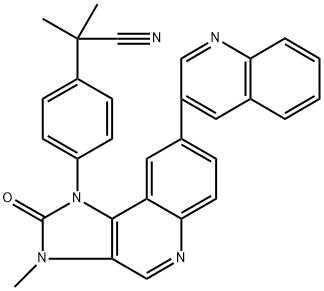
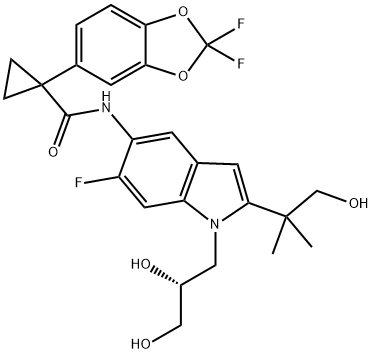
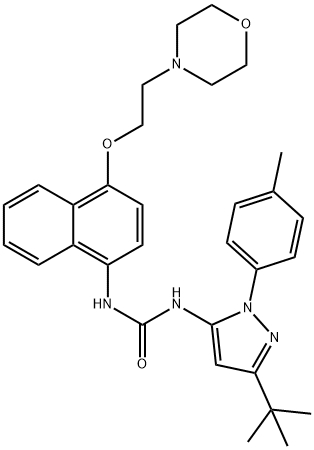
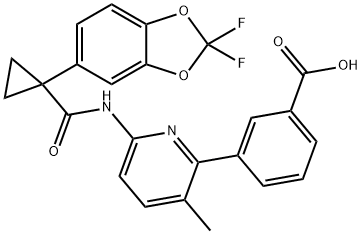


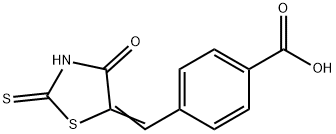

You may like
-
 CFTR(inh)-172 CAS 307510-92-5View Details
CFTR(inh)-172 CAS 307510-92-5View Details
307510-92-5 -
 CFTR Inhibitor-172 CAS 307510-92-5View Details
CFTR Inhibitor-172 CAS 307510-92-5View Details
307510-92-5 -
 1975-50-4 98%View Details
1975-50-4 98%View Details
1975-50-4 -
 2-HYDROXY BENZYL ALCOHOL 98%View Details
2-HYDROXY BENZYL ALCOHOL 98%View Details
90-01-7 -
 2-Chloro-1,3-Bis(Dimethylamino)Trimethinium Hexafluorophosphate 221615-75-4 98%View Details
2-Chloro-1,3-Bis(Dimethylamino)Trimethinium Hexafluorophosphate 221615-75-4 98%View Details
221615-75-4 -
 61397-56-6 CIS BROMO BENZOATE 98%View Details
61397-56-6 CIS BROMO BENZOATE 98%View Details
61397-56-6 -
 14714-50-2 (2-Hydroxyphenyl)acetonitrile 98+View Details
14714-50-2 (2-Hydroxyphenyl)acetonitrile 98+View Details
14714-50-2 -
 118753-70-1 98+View Details
118753-70-1 98+View Details
118753-70-1